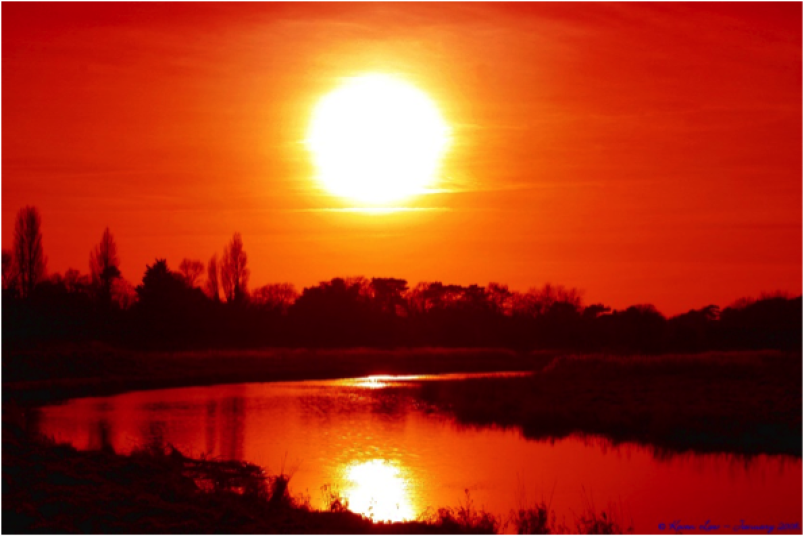So where do our weather forecasts come from? Is there one forecast to rule them all? One forecast that everyone turns to? Does my app count? Is there some weight to my grandparents ol’ wives tales?
Well, this is a complicated matter. One that public is probably not even aware of, and one that the meteorology community rationally debates. Where should the public look to for weather forecasts and advice?
We have all heard “Red Sky at night, sailors delight. Red Sky in Morning, Sailors take warning.” What does this tale carry for weight, well maybe a little. A reddish sunset means that the air is dusty and dry. Since the weather in North American latitudes usually moves from west to east, a red sky at sunset means dry weather good for sailing is moving east. Conversely, a reddish sunrise means that dry air from the west has already passed over us on their way easy, clearing the way for a storm to move in. So maybe this one has a little weight to it, maybe a little science even.
One that I hear quite often as a meteorologist is the “90 days after a heavy fog/hoar frost we will see rain.” I will not get too deep into this one as I know this is near and dear to a lot of farmers hearts. Even, my family of farmers still keep track of the fog days even though I tell them otherwise. The problem with this prediction is that your local fog has absolutely no influence over the weather pattern in three months. Fog is not an indicator of long-term weather features. Fog is generally a localized event, caused by local features. Our long-range weather events are based off of large-scale ocean patterns and upper air weather patterns. If you have managed to guess right on rain 90 days after a fog maybe it is because we generally see rain throughout the spring and summer. 90 days from anywhere there is a chance of showers.
So, if not these ol’wives tales then who? Whom should we be listening too for our weather advice? We all have an app on our phone the spits us a forecast, saying its partly cloudy with a 28 percent chance of rain. What does that mean? Will it rain for 28 percent of the day, over 28 percent of the area, or will you get a rain 28 percent of the time it is forecast? No one knows, and it is a confusing part about these forecasts. These forecasts are based on a weather model.
A forecast is only as good as the forecaster, and forecasting is almost as much of an art as it is a science. Models are good guidance, but relying solely on them is as bad as relying on Google to diagnose your weird and myriad symptoms. A good forecaster uses models, surface observations, radar and satellite data, past weather, their personal experience, and a little bit of intuition to come up with an accurate forecast. Almost all weather apps can tell you what’s going on right now. It’s hard to get that information wrong. Weather radar is also a safe bet, though over-smoothing and simplified color tables makes it hard to seriously track events like severe thunderstorms. Most weather apps will send out push notifications for severe weather alerts, and you should only trust reliable apps for life-saving weather warnings.
Forecasts with human intervention include Environment Canada and the Weather Network. These forecasts have been looked over and manipulated by a meteorologist to create the most accurate forecast possible. These products are great for the public, giving insight into time and severity of the upcoming weather.
The upcoming two weeks look fantastic. Temperatures will be very warm this weekend looking at 30-34 degrees. All of next week Westman will hover right around that 30-degree mark. As for precipitation things look pretty good, not much in the way of rain or showers over the coming 10 days.




